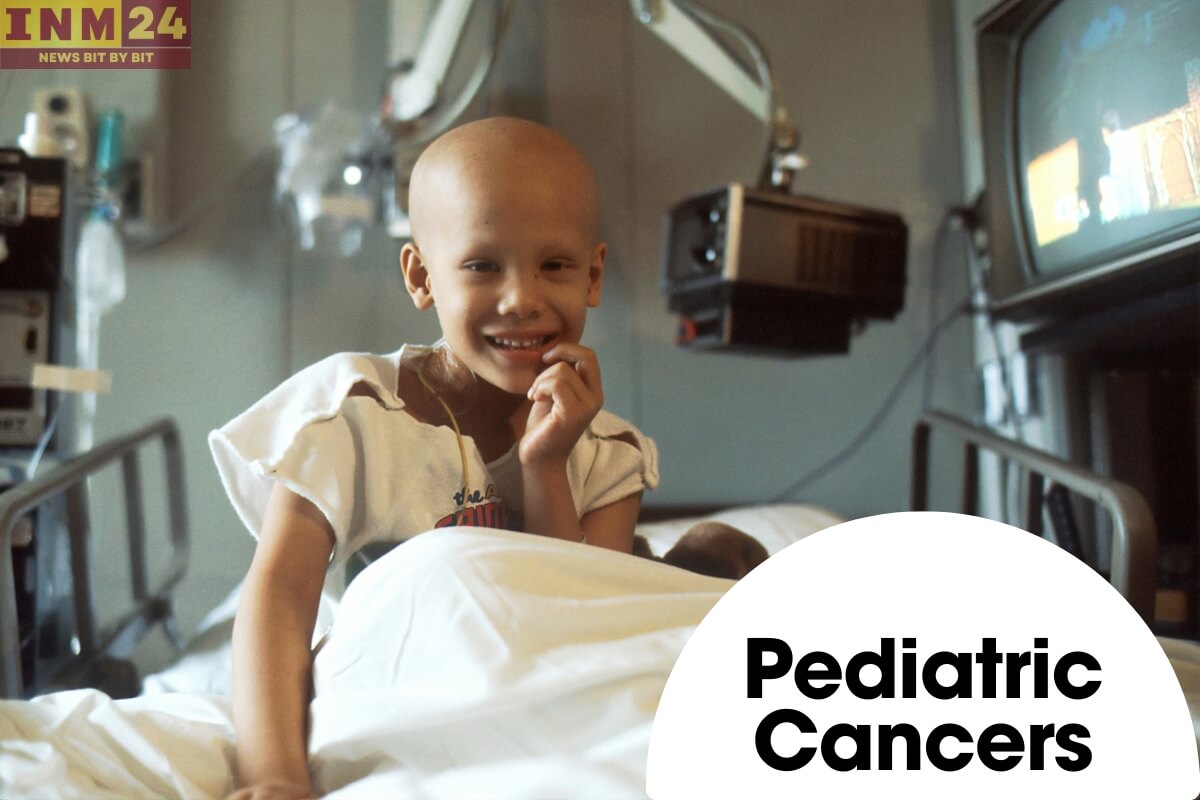Pediatric cancers, though relatively rare compared to adult cancers, remain a significant concern due to their impact on young lives and families. These cancers, affecting children and adolescents, present unique challenges in terms of diagnosis, treatment, and long-term care. In this article, we’ll delve into the classification, indicators, diagnosis, and therapies associated with pediatric cancers.
Types of Pediatric Cancers
Pediatric cancers encompass a broad spectrum of malignancies that can arise in children and adolescents. The most common types include leukemia (cancer of the blood), brain tumors, lymphomas (cancer of the lymphatic system), neuroblastoma (a cancer of immature nerve cells), and Wilms tumor (a kidney cancer). Other types include bone cancers, soft tissue sarcomas, and retinoblastoma (eye cancer).
Indicators and Symptoms
Recognizing the signs and symptoms of pediatric cancers is crucial for early detection and intervention. While the specific symptoms vary depending on the type and location of the cancer, common indicators include unexplained weight loss, persistent fever, fatigue, bruising or bleeding, lumps or masses, persistent pain, changes in vision, headaches, and neurological symptoms such as seizures or changes in behavior.
Diagnosis
Diagnosing pediatric cancers often involves a combination of medical history evaluation, physical examination, imaging tests (such as X-rays, CT scans, MRI scans), laboratory tests (including blood tests, bone marrow aspiration, and biopsy), and sometimes surgical procedures to obtain tissue samples for analysis. Additionally, genetic testing may be performed to identify inherited predispositions to certain types of cancer.
Treatment Approaches
The treatment of pediatric cancers typically involves a multidisciplinary approach tailored to the specific type and stage of cancer, as well as the individual needs of the child. Common treatment modalities include chemotherapy, radiation therapy, surgery, targeted therapy, immunotherapy, and stem cell transplantation. The choice and combination of treatments depend on factors such as the type and location of the cancer, its stage, the child’s age and overall health, and potential long-term side effects.
Challenges and Considerations
Managing pediatric cancers presents unique challenges, including the need for specialized care that addresses the physical, emotional, and psychosocial needs of young patients and their families. Additionally, long-term follow-up care is essential to monitor for potential late effects of cancer treatment, such as secondary cancers, organ dysfunction, and developmental delays. Ensuring access to comprehensive supportive care services, including psychosocial support, nutritional support, and rehabilitation services, is crucial for optimizing outcomes and quality of life for pediatric cancer survivors.
Pediatric cancers represent a complex and diverse group of diseases that require comprehensive and multidisciplinary management. By understanding the classification, indicators, diagnosis, and treatment options associated with pediatric cancers, healthcare professionals can work collaboratively to provide timely and personalized care to young patients and their families. Through ongoing research, advocacy, and innovation, efforts to improve outcomes and quality of life for children and adolescents affected by cancer continue to advance, offering hope for a brighter future.
